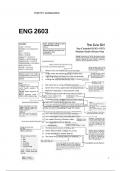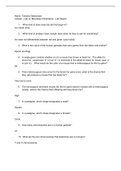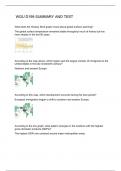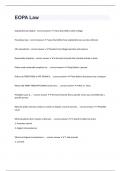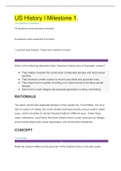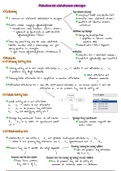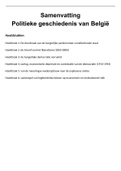Exam (elaborations)
ENG 2603 POETRY SUMMARIES
ENG 2603 POETRY SUMMARIES 1. The Zulu Girl by Roy Campbell: Introduction The Zulu Girl by Roy Campbell focuses on the pitiable plight of African people who are under domination and exploitation of European Civilization. It evokes the context of one particular African tribe that is "Zulu". ...
[Show more]
